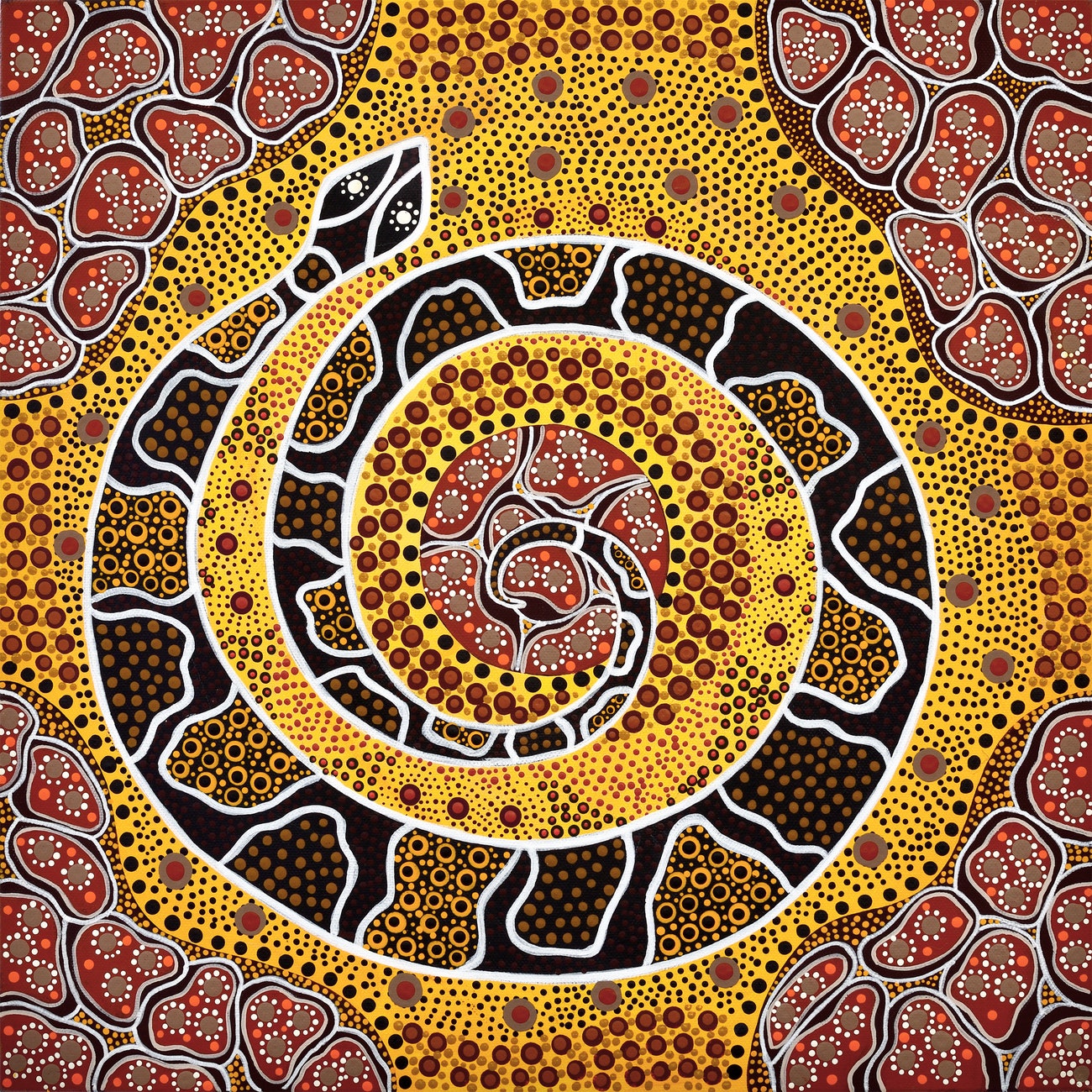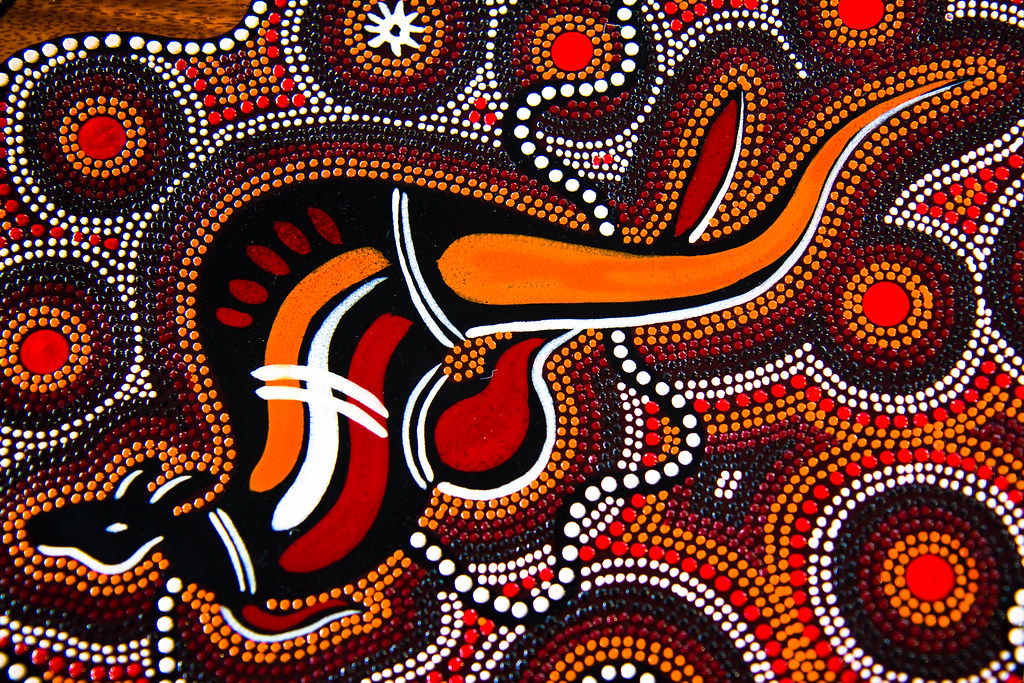Unmasking the Untold Stories: Exploring the Underrepresentation of Australian Indigenous Artists
Unmasking the Untold Stories: Exploring the Underrepresentation of Australian Indigenous Artists

Australia’s vibrant artistic landscape is renowned worldwide, yet a critical part of its narrative remains largely untold: the story of Indigenous artists. Despite their profound contributions to the nation’s cultural heritage, their voices often fall silent in the mainstream art world. This article delves into the complex issues surrounding the underrepresentation of Australian Indigenous artists, exploring the historical, social, and economic factors that contribute to this disparity.
A Legacy of Dispossession and Erasure:
Related Articles: Unmasking the Untold Stories: Exploring the Underrepresentation of Australian Indigenous Artists
- Buzzing With Life: Creating A Thriving Australian Native Bee Environment In Your Backyard
- Embracing The Spirit Of The Land: A Guide To Indigenous Australian Boy Names
- The Great Aussie Language Debate: Is There Really No Official Tongue Down Under?
- Uncovering The Tapestry Of Melbourne’s Aboriginal Heritage: A Guide To The Map Of Aboriginal Melbourne
- Embrace The Aussie Outback: Choosing Non-Invasive Root Trees For Your Garden
The history of Australian Indigenous art is deeply intertwined with the history of colonization. For centuries, Indigenous communities have maintained a rich tapestry of artistic traditions, encompassing intricate weaving, powerful storytelling through song and dance, and breathtaking rock art that stretches back millennia. However, the arrival of European settlers brought with it a systematic attempt to erase Indigenous culture, including their artistic practices.
The dispossession of land and forced assimilation policies aimed to sever Indigenous people from their cultural heritage, including their artistic expression. This systematic suppression led to a significant loss of knowledge and skills, contributing to the underrepresentation of Indigenous artists in the contemporary art world.
The Power of Visual Storytelling:
Despite these challenges, Indigenous artists have continued to create art that reflects their resilience, cultural identity, and unique perspectives. Their works often serve as powerful visual narratives, conveying stories of ancestral connection, land rights, and the ongoing struggle for recognition and justice.
From the intricate dot paintings of the Western Desert to the vibrant bark paintings of Arnhem Land, Indigenous art encompasses a diverse range of styles and mediums. It serves as a vital tool for cultural preservation, ensuring the transmission of knowledge and traditions across generations.
Navigating the Art World: Barriers to Recognition:
Despite their undeniable talent and cultural significance, Indigenous artists face numerous obstacles in gaining recognition and achieving equitable representation in the art world. These barriers include:
- Limited Access to Resources: Many Indigenous artists lack access to resources such as studios, workshops, and art supplies, hindering their ability to create and showcase their work.
- Lack of Representation in Galleries and Museums: The majority of galleries and museums continue to exhibit primarily non-Indigenous art, perpetuating a cycle of exclusion and underrepresentation.
- Financial Constraints: Indigenous artists often face financial limitations, making it difficult to produce and market their work.
- Cultural Appropriation: There have been instances of non-Indigenous artists appropriating Indigenous artistic styles and designs, further marginalizing Indigenous artists and their creative expressions.


Addressing the Imbalance: A Call for Change:
To address the underrepresentation of Indigenous artists, a multi-faceted approach is needed, encompassing:
- Increased Support for Indigenous Art Centers: Providing funding and resources to Indigenous art centers will empower artists to develop their skills, create new works, and gain access to wider markets.
- Greater Representation in Galleries and Museums: Institutions should actively seek out and exhibit works by Indigenous artists, ensuring their voices are heard and their artistic contributions are recognized.
- Supporting Indigenous-Led Initiatives: Investing in Indigenous-led initiatives, such as artist collectives and cultural organizations, will empower communities to control the narrative surrounding their art and ensure fair representation.
- Combating Cultural Appropriation: Raising awareness about the harms of cultural appropriation and promoting ethical practices within the art world will help safeguard the integrity of Indigenous art.

The Future of Indigenous Art:
Despite the challenges, the future of Indigenous art in Australia is bright. A growing movement of Indigenous artists, curators, and collectors is advocating for greater visibility and recognition. This movement is fueled by a renewed sense of pride in Indigenous culture and a determination to ensure that the stories of these artists are heard.
The work of Indigenous artists is not merely art; it is a powerful testament to resilience, cultural identity, and the enduring spirit of a people who have long been marginalized. By amplifying their voices and supporting their artistic endeavors, we can create a more inclusive and equitable art world, one that truly reflects the rich tapestry of Australian culture.
FAQ about Australian Indigenous Artists:
Q: What are some of the most famous Indigenous artists in Australia?
A: Some of the most famous Indigenous artists in Australia include:
- Emily Kame Kngwarreye: Known for her vibrant dot paintings, which depict the landscapes and stories of her ancestral lands.
- Albert Namatjira: A renowned landscape painter who captured the beauty of the Australian outback.
- Trevor Nickolls: A contemporary artist whose work explores themes of identity, land rights, and the impact of colonization.
- Gordon Bennett: A prominent artist whose work addresses issues of racism, colonialism, and Indigenous identity.
- Lin Onus: A renowned artist known for his powerful paintings that explore Aboriginal history and culture.
Q: What are some of the challenges faced by Indigenous artists in Australia?
A: Indigenous artists face a range of challenges, including:
- Limited access to resources: Lack of studios, workshops, and art supplies hinders their ability to create and showcase their work.
- Lack of representation in galleries and museums: The majority of galleries and museums exhibit primarily non-Indigenous art, perpetuating a cycle of exclusion and underrepresentation.
- Financial constraints: Indigenous artists often face financial limitations, making it difficult to produce and market their work.
- Cultural appropriation: Non-Indigenous artists sometimes appropriate Indigenous artistic styles and designs, further marginalizing Indigenous artists and their creative expressions.
Q: How can I support Indigenous artists in Australia?
A: You can support Indigenous artists in Australia by:
- Visiting Indigenous art centers and galleries: Support these institutions by attending exhibitions and purchasing artwork.
- Purchasing art directly from Indigenous artists: Look for opportunities to buy work directly from artists, either online or at local markets.
- Donating to organizations that support Indigenous art: Contribute to organizations that provide resources and opportunities for Indigenous artists.
- Educating yourself about Indigenous art and culture: Learn about the history, traditions, and contemporary practices of Indigenous art.
- Advocating for greater representation of Indigenous art: Speak out against cultural appropriation and support initiatives that promote the work of Indigenous artists.

Closure
Thus, we hope this article has provided valuable insights into Unmasking the Untold Stories: Exploring the Underrepresentation of Australian Indigenous Artists. We appreciate your attention to our article. See you in our next article!


